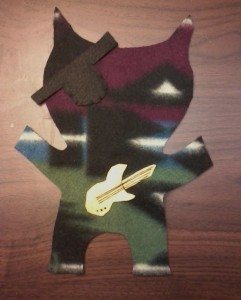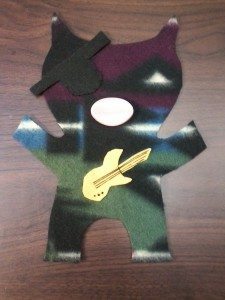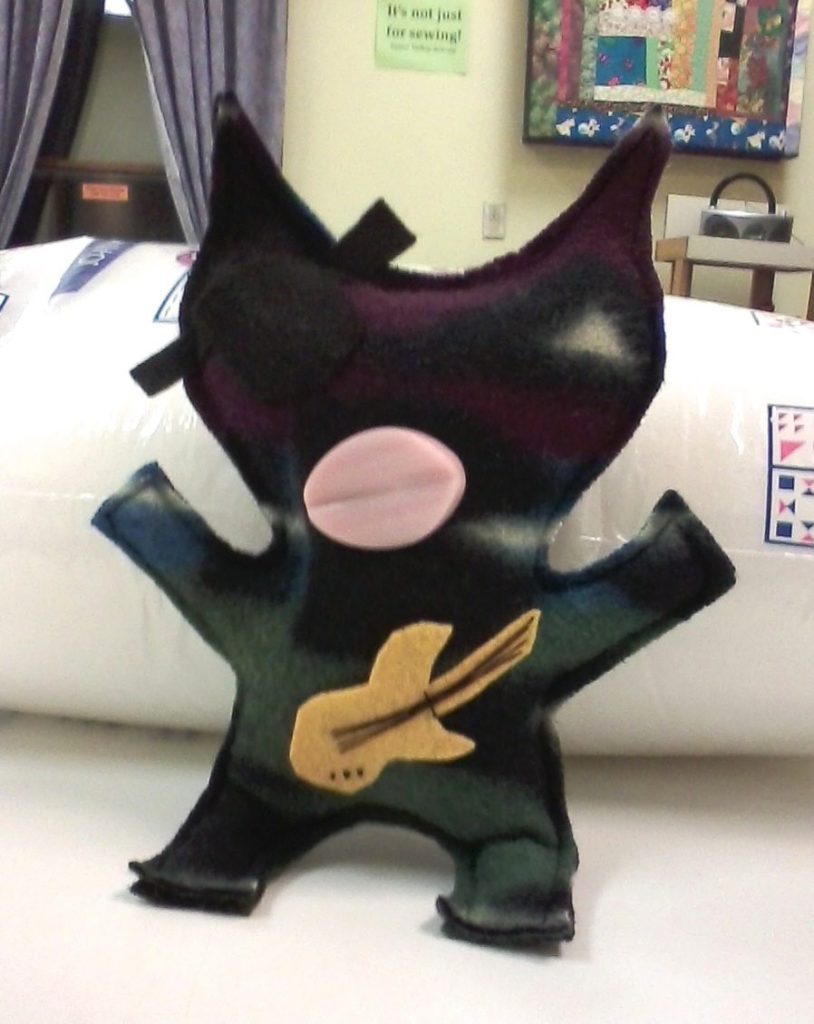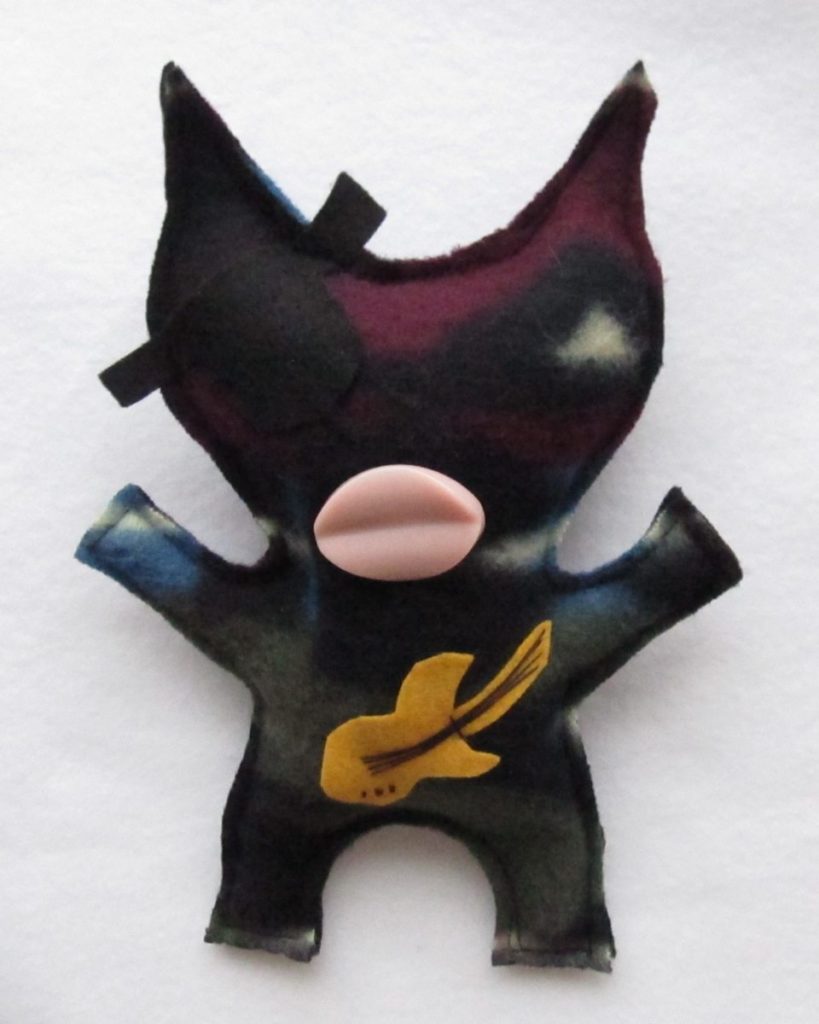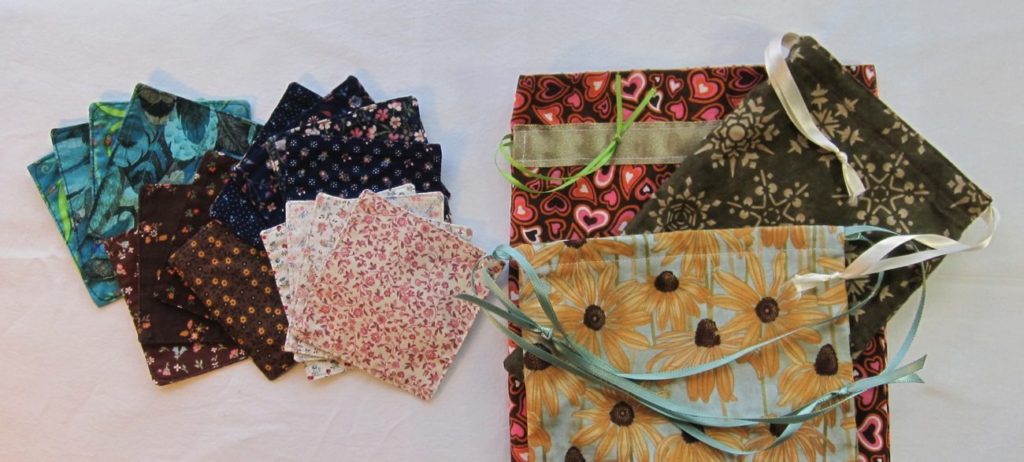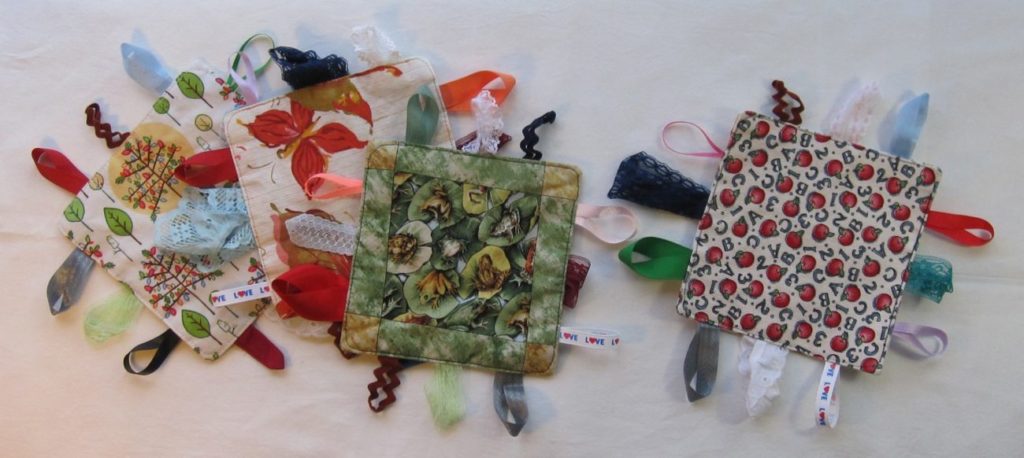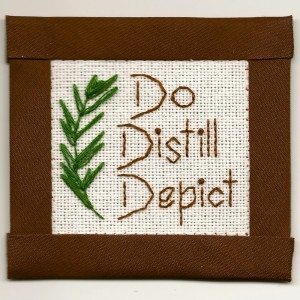
This month we start my ambitious First Friday efforts with art journaling. “Art journal” is a difficult idea to pin down (read: search for), and can mean a lot of things:
- A record of art projects (dates, materials, patterns, etc)
- A book in which to try out artistic techniques and materials
- A book-scale version of a vision board, or an active meditation
- A diary in which words are augmented by or replaced with images
All but the first are typically included in blogs and advice sites about art journaling. The last idea is the one I want to focus on, though with “diary” meaning any remembrance or meditation on your life – so the third version is intertwined with it. The important bits are that it is personal, drawn from and expressing your thoughts and experiences, and visual, in addition to or in place of being verbal. This allows you to engage with your feelings in a different way, or express the parts of your life that just don’t want to be put into words. It will almost certainly also be distilled or abstracted; instead of a story of all the details of the day, experiences will be presented figuratively, or individual pieces drawn out and given special prominence.
I feel safe saying that most people who art journal do so with drawing, painting, or collage. The fiber arts seem likely to be adopted only by people who feel a special connection to them. One such person is Susan of Plays with Needles, the inspiration for this month’s topic. I was fortunate to happen across her blog about the time of her first post about her Scotland travel journal. It is a work in progress, and I get excited whenever a Gaelic title shows up in my feed reader, knowing she’s sharing another part of her trip or her book. She’s given me permission to share photos.
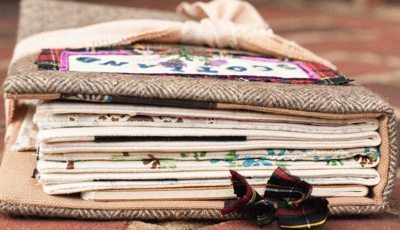
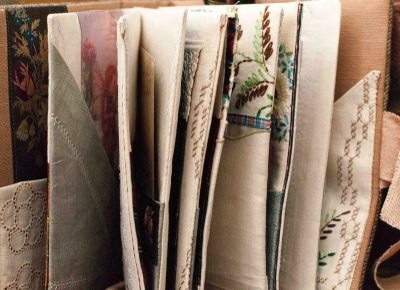
The book itself has Scotland-themed fabric pages with pockets, places for needles, scissors, and floss, and a paper notebook tucked in the back. She made it in advance of her trip, to collect ideas and materials specifically for needlework, and is now turning it into a memento of the trip.
The photos come from a post preceding her trip where she describes her intent, and one since her return in which she also talks about how she made it – click through for many more views. Susan is also posting about “fiber tourism,” we might call it, including an antique needlework exhibit and Harris Tweed. You can see them all here.
Although it is nothing like a book, Melanie Testa’s project to journal via embroidering her clothing and bags is closely related; a shirt in that article has embroidery related to a trip she took, and on her personal journal she follows up with many posts about small bags she’s embroidering with skylines she sees, a profile of her cat, and other personal images.
I’m a slow embroiderer, but I love it, and now that I’ve discovered the joys of non-cross-stitch embroidery on evenweave I could see undertaking a project like Susan’s or Melanie’s. Or something smaller scale, like Jennifer Hunold’s daily journal embroidery on a single piece of fabric.
Thinking about fiber journaling reminded me of a daily quilting project I read about over a year ago. After a lot of frustrated searching (where is that website?!?), I determined it was “Quilting Day by Day,” an article by Nancy Halpern in the May 1997 issue of Threads magazine. I no longer have the magazine and the article is not available online (the part of me that never wants to get rid of anything began cackling triumphantly at this point), but I know she made a square every single day for a year, even if it was nothing more than a piece of appropriate fabric. I remember in particular a pieced airplane, tilted slightly upward, that she made several times for days taken up in travel, in different orientations to represent the direction. At the end she sewed the squares into a large irregularly-shaped sheet. It inspired me to think about doing such a thing for myself – but what a commitment! I didn’t even start. You can find other people inspired by Nancy, though, such as Laura West Kong (all posts about that quilt are here), Karen of Hat on Top, Coat Below, and Carla Louise of Oh Sew Addicted.
Fiber art journals are a difficult topic to search for, and the only other book-formed journal I found besides Susan’s is monthly paired mini-crazy quilts and embroidered journal panels from Million Little Stitches. In that vein, Doughty Designs made nine months of monthly journal mini-quilts, all separate. The embroiderers are in on the monthly journal projects as well, with a Flickr group begun by The Floss Box.
Of course many art journalers incorporate fiber into their paintings and collages, but I would be interested in seeing more work entirely in fiber art. The larger time commitment means some immediacy is lost, but also can make for a more thorough meditation on the topic. Have you journaled with fiber?
The stitching at the top is mine, presented to you courtesy my scanner (!) in this gloomy weather we’ve been having. “There’s rosemary, that’s for remembrance; pray, love, remember…” But if it looks like pine, well, that’s fine; pine symbolizes creativity.
